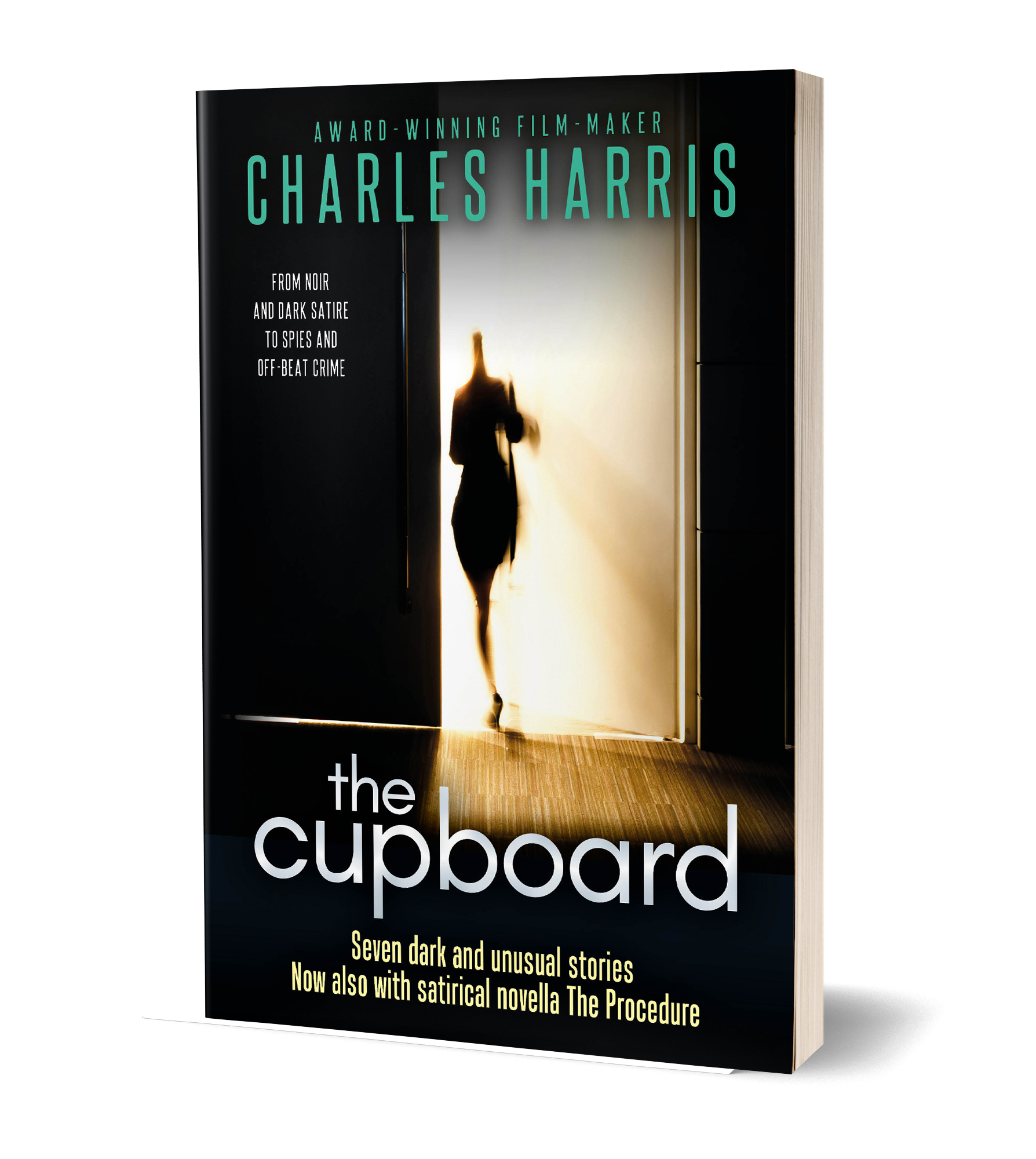What writers can learn from Andy Murray
31 Saturday Jan 2015
Written by Charles Harris in Novels, Psychology, Training, Treatments
I wouldn’t have thought there was anything that writers could learn from Andy Murray, but today I read Barney Ronay in the Guardian on what he calls Murray’s “on-court savvy” – a “supremely un-British skill”.
It’s all about knowing the meaning of losing and winning. According to Ronay, Murray isn’t the bolshie grouch off-court that people think he is. He’s had a wonderful presence in Melbourne this past fortnight.
But his cleverness lies in how he handles problems during the match: a lesson in how to succeed in any sport, but more, how to succeed at things in general.
What he does, if he makes a false start (which he often does) is use the opening to effectively teach himself how to win. Ronay talks of how this is Andy Murray’s career in miniature: always “about applying his brain to some apparent disadvantage, whether a lack of real pummelling power, or the need to develop a genuine A-lister serve.” When things are going wrong, he uses them as a way of learning how they should go right.
First drafts the Andy Murray way
This made me rethink the first draft of a new novel I’m currently in the middle of. I’ve always said that first drafts are supposed to be crap – and they are. A first draft is about getting it onto the page, all wrong, so you can then make it better. The adage goes “don’t get it right, get it written!”
But the Andy Murray idea is even more positive. Looked at this way, all the mistakes in your first draft are actually teaching you how to write the script (or treatment or novel). Step by step.
Just as Andy Murray fought back from losing the first set of his semi-final against Tomas Berdych, by changing his strategy, testing out Berdych’s forehand, seeking out the weak points.
Planning, probing and adjusting
So you plan out your second draft by looking at what went wrong with the first – probing, testing out, adjusting strategy, overcoming your weaknesses.
When you see what doesn’t work, to misquote Sherlock Holmes, what’s left is what works.


Tell people what you think